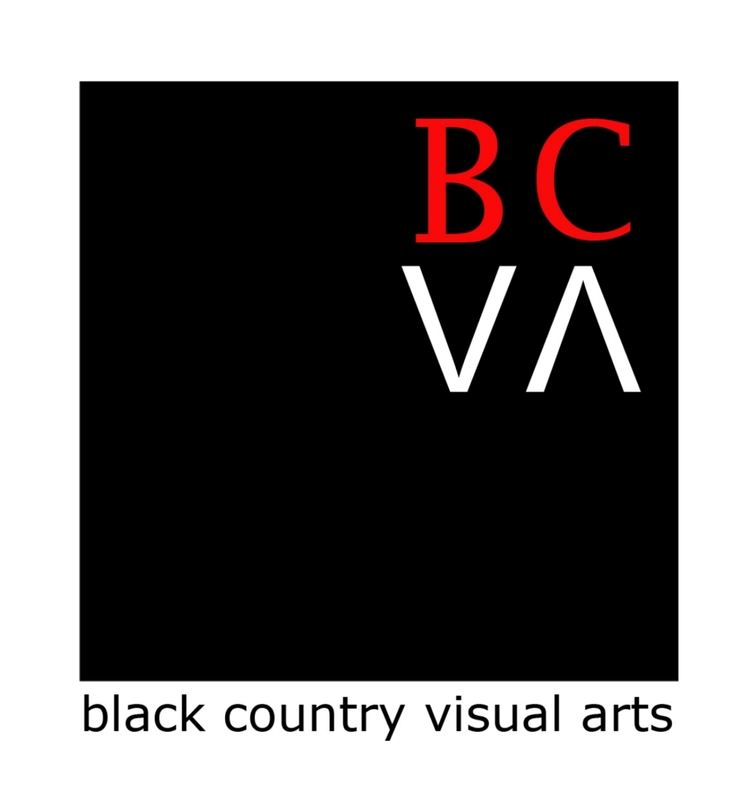We are thankful to Professor Gil Pasternak for introducing us to PhD student Aleks Todorov who has been brilliant writing and also working on the SEO for our archive which we are very excited about. A massive thanks to Aleks for his hard work. This I the second in the series of blogs he has written!
As the Apna Heritage Archive houses over 2000 domestic and amateur photographs it would be beneficial to address the historical, social, and even political importance of such images. It is worth asking the question – what the relationship between family and photography and how familial memory is, and could it be shaped through the lens?
Firstly, it is important acknowledge familial photographs evoke meaning and sentiment not necessarily similar between, what Patricia Holland calls the outside reader and users of such photographic medium, in other words the reader is not necessarily made privy to the user’s private understanding of the image. However, such photography allows the outsider to participate in the formation of history and familial memory. It is further important to note that familial memory is an undividable and pivotal element of our collective memory. The photographs housed here open a window towards a more intimate familial events, such as weddings, raising children and celebrations, however they reflect wider notions such as immigration and the sense of belonging.
Photography is woven deeply in remembrance and belonging, even Kodak would advertise the importance of taking photographs with a small threat that not taking photographs will lead to events ultimately fading into memory and being irreversibly lost. In other words, photography is the medium that prevents events being thrown into obscurity.
Steve Edwards in his book “Photography a very short introduction” elegantly explains the role of storytelling and memory within a familial photographic context, as in memory could emerge when an image is brought up in a social context and often in series or in a specific order. This is to be observed in the case of the Apna Heritage archive – photographs are often grouped to show one family at a time.
Through preserving such domestic images, one might argue that the link between generations is preserved. This special link between ‘the young’ and ‘the old’ can be used as learning opportunity – similarities in clothing, culture, interests and even religious observance enhances the sense of belonging in a particular group of people and help understand our own identities. It helps reinforce the existence (and sometimes lack of) the desire to feel at home.
In the context of immigration of the Punjabi community in Britain, it would be beneficial to point out that familial photography plays a pivotal role in establishing (or re-establishing) the notion of home, within new and unfamiliar circumstances, by celebrating key milestones in life.
Through this brief introduction it was established a small framework of domestic photography as a whole, and specifically attempting to place it in the context of the photographs exhibited in the Apna Heritage Archive.
Bibliography:
Erkonan, Şahika. "Photography and the construction of family and memory." Politics, Civil Society and Participation: Media and Communications in 257 (2016): accessed online
Cobley, Paul, Haeffner, Nick. “Digital cameras and domestic photography: communication, agency and structure.” Visual Communication, 8(2), (2009): 123-146. https://doi.org/10.1177/1470357209102110
Steve Edwards. Photography: A very short introduction. United States: Oxford University Press ,2006.
Katherine Hoffman. Concepts of identity: Historical and contemporary images and portraits of self and family. New York: Routledge, 2018.
